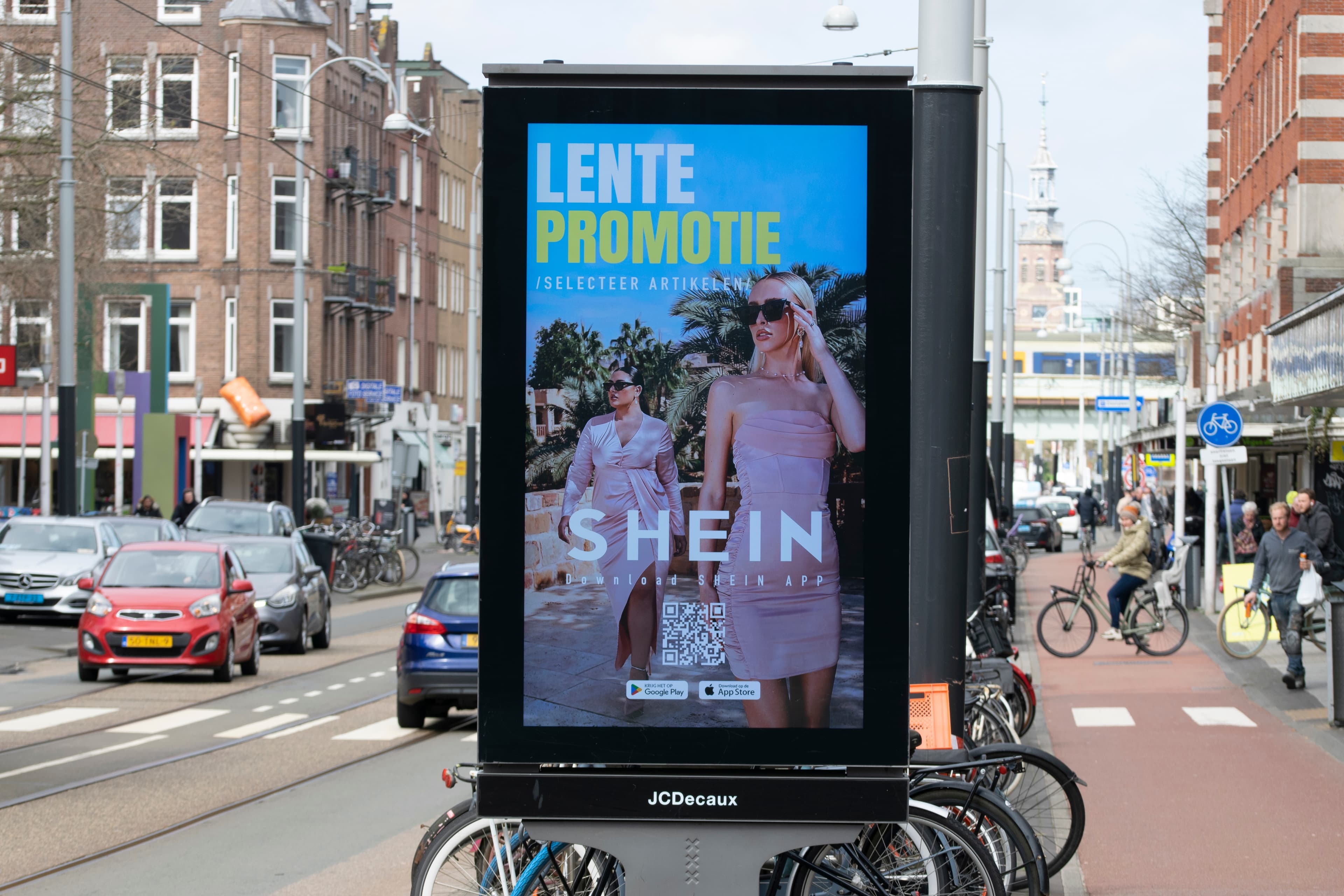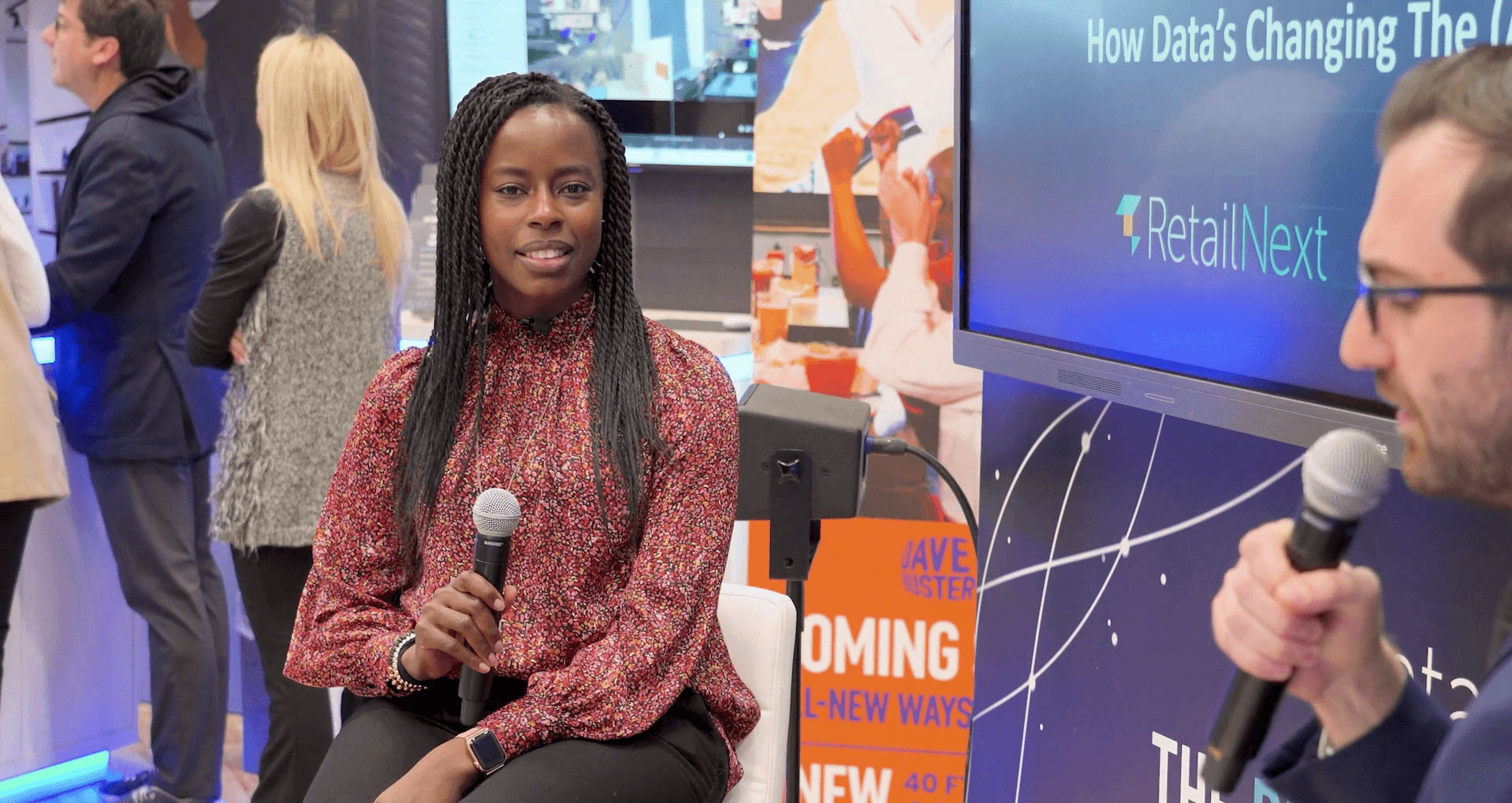Exploring How SHEIN Is Transforming Retail In EMEA

On this page
The retail industry across Europe, the Middle East, and Africa (EMEA) has witnessed a seismic shift in recent years. SHEIN, the Chinese fast-fashion giant known for its vast array of affordable, trendy clothing, is a significant driver behind this transformation. In the past ten years, SHEIN has transformed from a relatively unknown brand among older shoppers to one of the largest fast-fashion retailers worldwide. The Chinese-founded company, which also offers a wide variety of beauty and home products, saw its profits double to over $2 billion (£1.6 billion) last year, surpassing the profits of the Swedish fashion group H&M, as well as the UK’s Primark and Next.
While SHEIN's rise has opened up new avenues for consumers, it has posed substantial challenges for brick-and-mortar retailers. According to the BBC, shoppers increasingly opt for “ultra-fast fashion,” making waves at a government level in France, where lawmakers introduce legislation that disempowers SHEIN and Temu.
Temu and Shein have gained a huge following and made billions by selling trendy items at incredibly low prices, often at the cost of the environment and laborers. Most fashion brands struggle to compete with their low prices, and it's not feasible for them to replicate their high-speed production of large quantities of products. Additionally, the two companies are outbidding retailers in advertising and putting pressure on competitors in terms of marketing spending.
However, ModernRetail reports that not all of retailers’ problems can be attributed to Shein or Temu. Instead, businesses must take responsibility for certain decisions and find the best way to pivot. As Juozas Kaziukėnas, founder and CEO of Marketplace Pulse, put it, “For brands and retailers that hope to compete with SHEIN and Temu on price, there is little hope. But price is just one of the variables. Optimizing for those is how they can win.”
This blog delves into how SHEIN has impacted the retail sector in EMEA, focusing on data security, heightened competition, and how traditional retailers can leverage in-store experiences to combat SHEIN’s dominance.
READ MORE: How AI Is Helping Retailers Stay Competitive
The Double-Edged Sword Of Data
One critical area where SHEIN has made an impact is through its digital-first approach, leveraging data analytics to understand and predict consumer behavior. By gathering vast amounts of data, SHEIN can swiftly adapt its inventory to match current trends, a significant advantage over traditional retailers. However, this extensive data collection comes with risks and has prompted concerns regarding data security and privacy.
In the EMEA region, stringent regulations such as the General Data Protection Regulation (GDPR) in Europe necessitate rigorous data protection measures. SHEIN’s global operations mean it must comply with these regulations, but lapses have occurred. For instance, in 2018, SHEIN experienced a data breach that compromised the personal information of millions of users. More recently, in the US, the company was fined $1.9M for a breach affecting 39 million customers. Such incidents underscore the vulnerabilities inherent in extensive data collection practices.
While traditional retailers are also increasingly adopting digital tools, they do not invest as heavily in the sophisticated data analytics capabilities of online-only retailers like SHEIN or even Amazon. This gap can be a disadvantage in some contexts but also serves as a reminder of the importance of robust data security measures. Retailers in EMEA can capitalize on their established reputations for trust and security, emphasizing their commitment to protecting customer data as a competitive differentiator.
Fast Fashion As Increased Competition
SHEIN's competitive edge lies in its ability to offer a vast selection of fashionable items at unbeatably low prices. Because of the prices and seemingly infinite discount codes, online shoppers are more inclined to click ‘add to cart’ on many more items, increasing the average transaction value (ATV). This strategy has pressured brick-and-mortar retailers in the EMEA region, many of whom struggle to compete on price alone. Brands like Zara and H&M, which once dominated the fast-fashion market, now face stiff competition from SHEIN’s aggressive pricing and vast online presence.
The pandemic accelerated the shift towards online shopping, with SHEIN benefiting significantly due to its digital-native model. As consumers turned to e-commerce, many traditional retailers were caught off guard, struggling to adapt to the new normal. For instance, Debenhams, a well-known UK department store, fell into administration in 2020 after operating for over two centuries, citing the inability to compete with online giants as a contributing factor.
In South Africa, for example, retailers like SHEIN and Temu are set to face new tax regulations which will make it more expensive for shoppers to import products from these brands. This arises from the local apparel industry alleging that these retailers are placing a significantly high number of small orders to reduce duties, leading to uncompetitive prices for established retailers.
READ MORE: Retail Impact: Europe’s Move Towards Sustainable Fashion
In-Store Experiences As Unique Selling Points
Despite the dominance of online shopping, the in-store experience remains an essential component of the retail landscape. Brick-and-mortar retailers can leverage their physical presence to offer something that online-only platforms like SHEIN cannot: a tangible, immersive shopping experience.

Brands such as Nike and LUSH have successfully transformed their stores into experiential hubs. Nike's flagship stores, for instance, offer interactive elements such as customization stations and fitness classes, creating a community space rather than just a place to purchase goods. This approach not only attracts foot traffic but also fosters brand loyalty, something that is harder to achieve through an online-only model.
In the EMEA region, major brands are increasingly focusing on enhancing the in-store experience. Zara, despite being a fast-fashion competitor, has invested heavily in integrating technology with physical shopping. Its stores now feature self-checkout systems, automated collection points for online orders, and augmented reality experiences that bring a new dimension to the shopping journey.
Another notable example is the luxury department store Harrods in London. By offering personalized services, exclusive events, and a curated selection of high-end products, Harrods creates an aspirational shopping experience that draws consumers into the store, providing a counterpoint to the convenience of online shopping.
Adapting to the New Retail Reality
To compete with SHEIN, traditional retailers in EMEA must adopt a multi-faceted strategy that leverages both digital and physical strengths. This involves embracing technology, enhancing the in-store experience, and focusing on unique selling propositions that differentiate them from fast-fashion giants.
1. Embracing Omnichannel Retailing
Retailers must continue to invest in omnichannel strategies, ensuring a seamless experience between online and offline shopping. This means integrating inventory management systems, offering click-and-collect services, and enabling easy returns across channels. An excellent example of this is H&M's integration of its online and offline operations, where customers can check in-store availability online and pick up their orders from the nearest store.
2. Personalization And Customer Engagement
Harnessing data to personalize the shopping experience can also be a powerful tool. Brick-and-mortar retailers can use data collected in stores to create personalized shopping experiences. For instance, Sephora uses customer data to provide tailored product recommendations both online and in-store, enhancing customer satisfaction and loyalty.
3. Sustainable Practices
Sustainability is becoming increasingly important to consumers, particularly in the EMEA region. Traditional retailers can leverage this by promoting their sustainable practices and offering eco-friendly products. For example, IKEA has committed to becoming a fully circular and climate-positive business by 2030, which resonates with environmentally conscious consumers and sets it apart from fast-fashion brands often criticized for their environmental impact.
4. Community And Social Responsibility
Engaging with the community and demonstrating social responsibility can also provide a competitive edge. Retailers can host local events, support community initiatives, and ensure ethical practices in their supply chains. Marks & Spencer, for instance, runs the "Plan A" sustainability initiative, focusing on various social and environmental goals, which strengthens its brand image and appeals to conscientious shoppers.
PULSE REPORT: Greener Retail Through In-Store Analytics
SHEIN’s influence on the retail industry in EMEA (and beyond) is undeniable, reshaping consumer expectations and competitive dynamics. However, the rise of SHEIN also presents opportunities for traditional retailers to innovate and redefine their value propositions. By prioritizing data security, enhancing in-store experiences, and embracing sustainability, brick-and-mortar retailers can not only withstand the pressures from fast-fashion giants but also thrive in this new retail era.
Ultimately, businesses that can adapt and capitalize on their individual strengths will be in a strong position to meet the needs of today's customers. Despite SHEIN's digital dominance, traditional retailers providing hands-on, engaging, and community-oriented experiences will continue to play a crucial role in the retail ecosystem in EMEA.
About the author:

Ashton Kirsten, Global Brand Manager, RetailNext
Ashton holds a Master's Degree in English and is passionate about physical retail's unbridled potential to excite, entertain, serve, and solve problems for today's shoppers.




